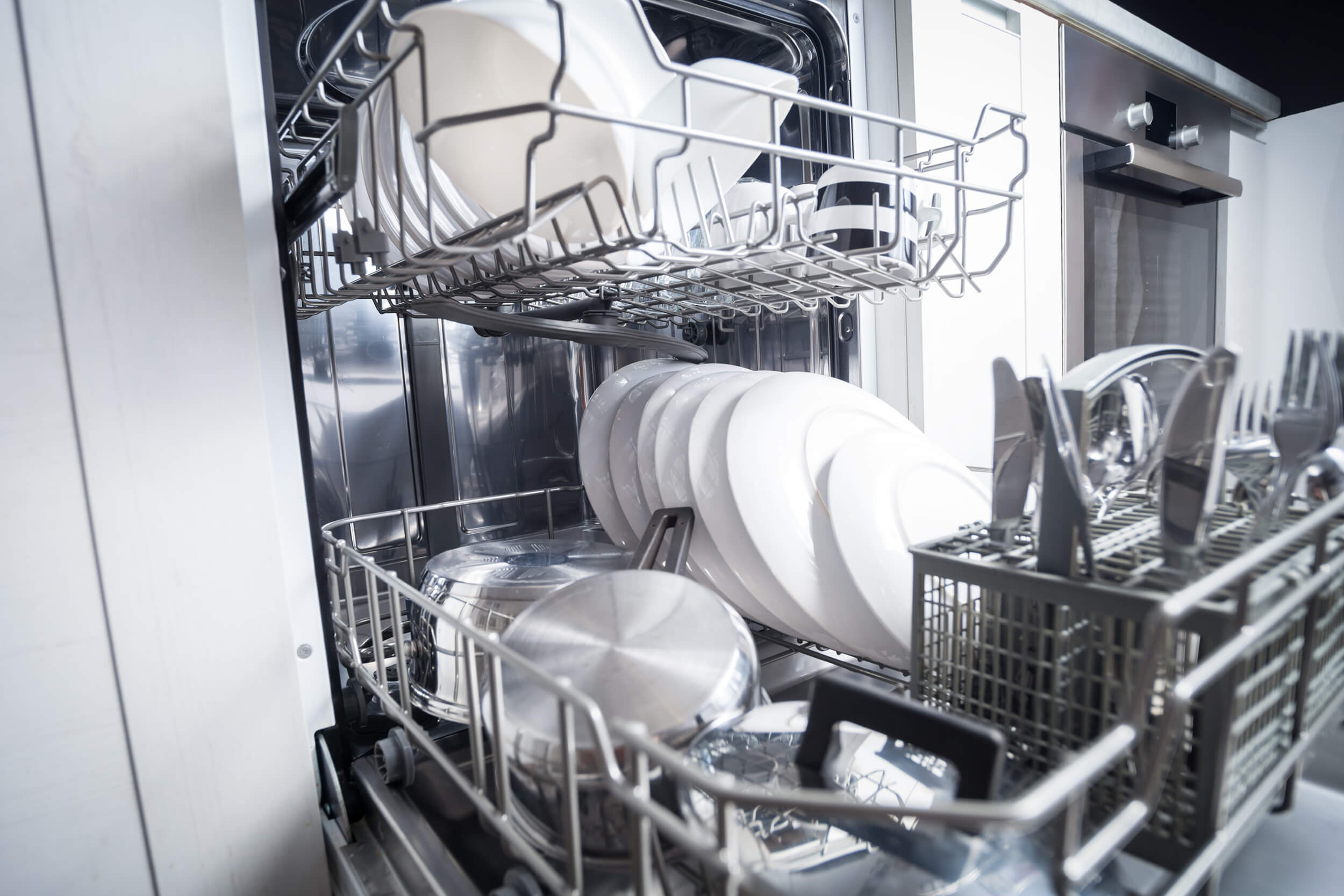Media Contacts Andrew deLaski, 617-363-9470, adelaski@standardsasap.org
Washington, D.C. (April 10, 2013): Late yesterday, the U.S. Department of Energy (DOE) issued new energy efficiency standards for electric distribution transformers. In the final rule, relative to a draft standard issued a year ago, DOE improved the standard for "dry-type" transformers (those primarily used in buildings) but left the proposed standard for "liquid-immersed" transformers (those most commonly owned by utilities) unchanged.
"The new standard for dry-type transformers is a good step forward and represents a compromise between the positions of the transformer industry and energy efficiency advocates," stated Steven Nadel, executive director of the American Council for an Energy-Efficient Economy (ACEEE). "However, the final standard for liquid-immersed transformers is very disappointing as it results in little energy savings and represents a continued reliance on 20th-century technology and not the 21st-century technology increasingly being used in other countries."
Distribution transformers lower electricity voltage from the high levels used by utilities to ship power through their systems to the voltage levels used to power electricity-using devices in households and businesses. Transformers dissipate a small amount of power as heat, called transformer electricity losses.
The new standard for dry-type transformers will reduce these electricity losses by 30%, while the new standard for liquid-immersed transformers will reduce losses by just 4% for the most commonly sold products. Energy efficiency advocates, represented by ACEEE, the Appliance Standards Awareness Project (ASAP), and Natural Resources Defense Council (NRDC), had argued for standards that would have cut losses for the largest dry-type transformers by about 40% and cut losses for most liquid-immersed transformers by 15%.
Although the electricity used by any one transformer is small, the losses add up on a national scale. Based on DOE's analysis, the more efficient dry-type transformers sold over thirty years will save consumers about 350 billion kWh of electricity and more than $9 billion in net savings, or an amount equal to the annual electricity use of about 30 million U.S. homes.
For liquid-immersed transformers sold over the same period, savings will reach about 130 billion kWh. Net savings for utility owners and their customers will reach about $3 billion. The higher liquid-immersed standard supported by energy efficiency advocates would have more than tripled energy and net dollar savings, based on the DOE analysis.
The new liquid-immersed transformer standard can be easily met with the silicon steel transformer cores that currently dominate the market, likely pleasing the manufacturers of this highly-profitable steel. A slightly higher standard would have allowed more efficient "amorphous" steel transformer cores to compete with silicon steel core material.
"By making only a very modest change to the standard, DOE clearly decided to favor the conventional steel transformers. The more energy-efficient amorphous products, which are widely used in China and India, will likely continue to face difficulties in the U.S. market," stated Andrew deLaski, executive director of ASAP.
The new standard for dry-type transformers is based on a voluntary industry level called "NEMA Premium," developed by the manufacturers' trade association, the National Electrical Manufacturers Association (NEMA). With this new standard, "NEMA Premium" transformers will become widely used, although even higher levels of efficiency are achievable and will remain available to consumers.
The new standards will take effect in 2016.
About ACEEE: The American Council for an Energy-Efficient Economy acts as a catalyst to advance energy efficiency policies, programs, technologies, investments, and behaviors. For information about ACEEE and its programs, publications, and conferences, visit aceee.org.
About ASAP: The Appliance Standards Awareness Project is dedicated to increasing awareness of and support for cost-effective appliance and equipment efficiency standards. Founded in 1999, ASAP is led by a steering committee that includes representatives from energy efficiency organizations, the environmental community, consumer groups, utilities, and state government. See appliance-standards.org/.
###




